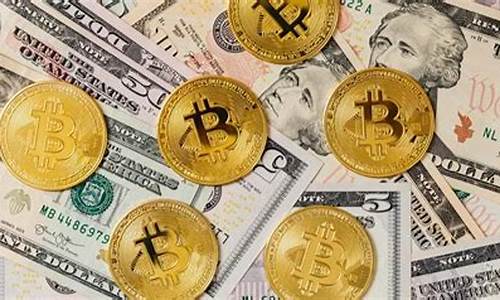
Digital currencies, also known as cryptocurrencies, have been gaining increasing attention
and popularity in recent years. But what exactly are they, and what makes them
different from traditional currencies?
In simple terms, digital currencies are a type of decentralized currency that uses
cryptography to secure transactions and control the creation of new units. They
are not backed by a government or physical commodity like gold or silver, but
instead rely on a complex network of computers to verify and record all
transactions made using them.
One of the key characteristics of digital currencies is their ability to enable
fast and easy peer-to-peer transactions without the need for intermediaries like
banks or payment processors. Because digital currencies are decentralized, they can
be used for a wide range of transactions, from buying coffee to paying for online
shopping to investing in real estate. They can also be sent directly to other
users' digital wallets, making them an ideal form of payment for online marketplaces
and other peer-to-peer platforms.
Another important characteristic of digital currencies is their use of blockchain
technology. Blockchain is essentially a public ledger that records all transactions
made using the currency. Every transaction is verified by multiple participants in
the network, and once it has been confirmed, it is added to the blockchain in a
permanent and unalterable way. This makes it extremely difficult for anyone to
manipulate the currency or falsify transactions, as any attempt to do so would be
immediately detected and rejected by the network.
Despite their many benefits, digital currencies still face significant challenges,
including regulatory uncertainty and security risks. Some governments have taken
steps to regulate digital currencies, while others have banned them outright. In
addition, because digital currencies are vulnerable to hacking and theft, users must
take steps to protect their funds and ensure that they are using secure software
and hardware.
Overall, though, it is clear that digital currencies are here to stay. As more people
become aware of their potential benefits and as technology continues to improve, we
can expect to see even more widespread adoption of these innovative forms of money
in the years ahead.
